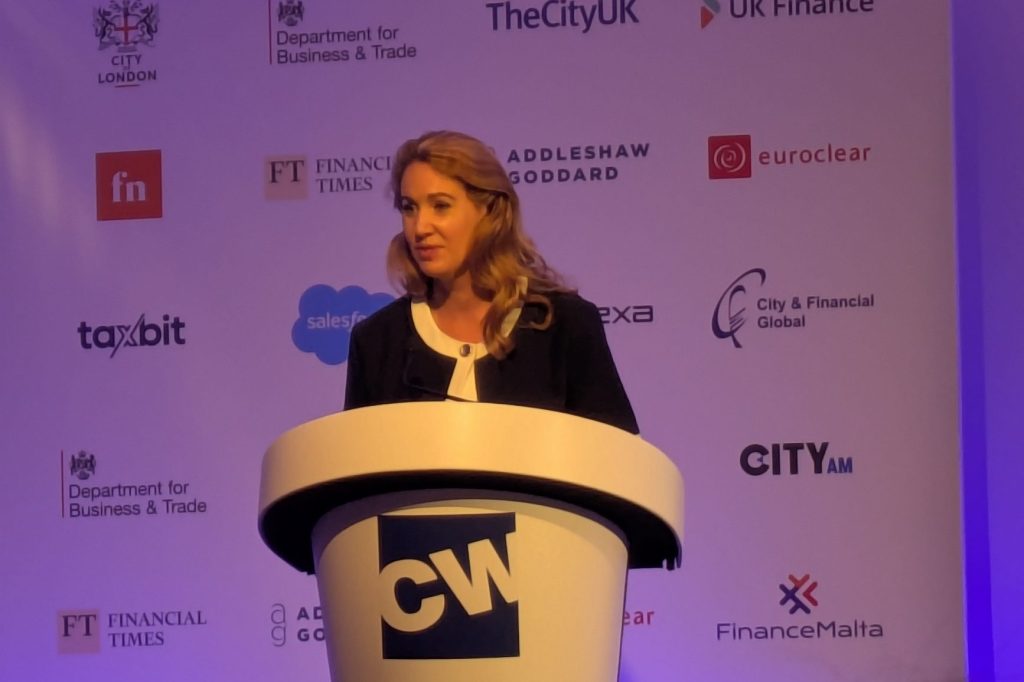HM Treasury has published a consultation document that seeks proposals on how best to measure the performance of the UK’s financial services regulators – the FCA and the PRA.
The document emphasises the importance of new secondary objectives for the regulators under the post-Brexit financial services regulatory framework and, in particular, their expected contribution to the competitiveness and growth of the financial sector and the UK economy.
Innovative and nimble
According to Alex Viall, Chief Strategy Officer at our parent company Global Relay, “the change of emphasis here is intended to encourage innovative and nimble regulators rather than reform unwieldy regulations and legislation. Smarter and better funded regulators can provide a more appealing environment to companies wanting to be supervised more efficiently in the UK than the EU and other jurisdictions. And while the Regulatory Reform Group is proposing that regulators are required to adhere to stricter guidance by government, a debate on how the UK is regulated and by whom is only just taking shape.”
Although the current model includes a number of mechanisms that attempt to make sure that the regulators remain fully accountable for these secondary objectives, HM Treasury is seeking assistance in determining what additional metrics might be most appropriate in order to be able to better track their performance.
Clause 37
In the document HM Treasury outlines its approach to Clause 37, which permits it to direct regulators to publish specific information, and seeks feedback on this from stakeholders. The intended approach involves:
- engagement with stakeholders;
- taking into account stakeholder views;
- consultation with the regulator in question;
- minimizing adverse effects on any of the regulator’s other functions;
- permitting the regulator to decline publishing the information where information contained in it is confidential or against the public interest;
- use of the power as last resort where existing forms of engagement have been exhausted.
While pointing out that the regulators themselves have already started the process of embedding specific growth and competitiveness objectives into their operation, HM Treasury is also asking for stakeholder input on specific metrics or combinations of metrics that should be published as part of this effort.
In asking for this stakeholder feedback the document highlights “the government’s commitment to ensuring the UK has world-leading levels of regulatory operational effectiveness”. The disconnect here is between the UK’s aspirations for the sector and the reality on the ground after Brexit.
Regulatory change
It may well be that establishing success criteria and the way that these are measured in the financial services context may actually lead to further regulatory change. However, although re-writing some of the regulation once Brexit had been navigated has been mooted for some time, it does not appear that any significant changes have been prioritized at the moment. Reliance may be placed on the Edinburgh reforms instead, but whether these represent a really significant change and departure from the current regulatory regime is not yet clear.
Viall said: “The divergence between UK and EU regulatory approaches actually increases the compliance burden. The connection between reduced red tape and higher growth has not become a reality; a more pragmatic approach is now in vogue and light-touch regulation is being mooted for fast growing sectors such as AI and crypto.”
There are two interesting questions here. One is whether something as complex and multi-faceted as a financial regulator’s contribution to the attainment of wider economic objectives can meaningfully be measured. The other, an even more important one, is whether having a top notch legal and regulatory framework can provide the UK with a sufficient competitive advantage to offset the loss of direct access to the EU market.
The consultation period closes on 4 July, 2023.

















